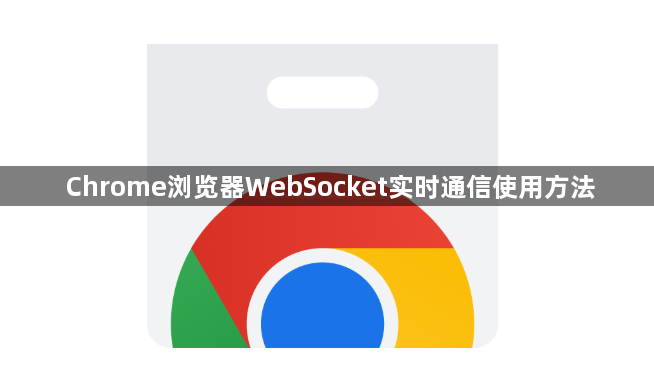
在Chrome浏览器中,要实现WebSocket实时通信,需要遵循以下步骤:
1. 创建一个WebSocket服务器端:
首先,你需要创建一个WebSocket服务器端。你可以使用Node.js和`ws`库来实现这个功能。以下是一个简单的示例:
javascript
const WebSocket = require('ws');
const wss = new WebSocket.Server({ port: 8080 });
wss.on('connection', (ws) => {
ws.on('message', (message) => {
console.log('收到消息: %s', message);
ws.send(`你发送的消息是: ${message}`);
});
});
2. 创建一个WebSocket客户端:
接下来,你需要创建一个WebSocket客户端来连接到服务器端。你可以使用JavaScript的`fetch`函数来实现这个功能。以下是一个简单的示例:
javascript
fetch('ws://localhost:8080/websocket')
.then((response) => response.text())
.then((data) => console.log(data));
3. 在客户端发送消息:
在客户端,你需要使用`fetch`函数来发送消息给服务器端。以下是一个简单的示例:
javascript
fetch('ws://localhost:8080/websocket', {
method: 'POST',
headers: {
'Content-Type': 'application/json'
},
body: JSON.stringify({ message: '你好,服务器!' })
})
.then((response) => response.text())
.then((data) => console.log(data));
4. 在服务器端接收并处理消息:
最后,你需要在服务器端接收并处理客户端发送的消息。以下是一个简单的示例:
javascript
const WebSocket = require('ws');
const wss = new WebSocket.Server({ port: 8080 });
wss.on('connection', (ws) => {
ws.on('message', (message) => {
console.log('收到消息: %s', message);
ws.send(`你发送的消息是: ${message}`);
});
});
现在,你已经成功实现了Chrome浏览器中的WebSocket实时通信。
